

Solar energy has long been talked about as a major step in bringing your home into the future. With all the electronics that are running in your futuristic or smart home, you need some juice to power it all. And there’s nothing better than not worrying about climbing utility bills by using solar energy.
This far-fetched idea is starting to become a reality for many. Can it also become a reality for you? Let’s take a closer look at what it takes and who you can go to.
Before you go to a solar panel provider, you need to check whether you can even get them. There are a lot of factors that can go into this, such as:
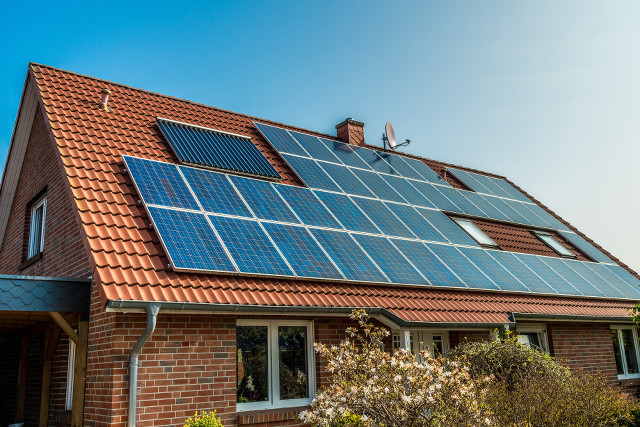
If you’re unsure about the first and third points, a solar provider can help you figure that out. However, in the meantime you can use a tool like Google’s Project Sunroof to figure out how big of a solar installation you need and how much it might cost. If your address isn’t available yet, you can click one of the sample addresses and get a rough estimate. Please note that if a price mentions “after incentives”, that means it’s the price after a 30% US federal tax credit (which ends on December 31, 2016).
The original full price before you get the tax credit will be higher. Project Sunroof can also give you an estimate on how long it would take to pay back your investment if you buy or finance your solar panels.
You get the tax credit if you buy the solar panels yourself or finance the purchase to own them. Which means that there are other ways you can get solar energy to your home.
You can also lease solar panels and pay the same amount every month, or you can pay for the energy that you use. With these options, the solar provider owns, insures, and maintains the solar panels and only charges you equal monthly payments or charges you per kWh that you use from the solar panels, similar to your electric utility. However, most solar providers promise to offer lower rates than your electric utility, and those rates are locked in for 20 years.
Lease options are the easiest way to get solar power to your home, as they require minimal upfront costs. If you’re looking for the most savings over the life of the solar panels, it’s best to buy them outright, but this has maximum upfront costs. If you cannot afford to pay for solar panels in full when you purchase them, you should compare financing and leasing options, as depending on the scenario one may be cheaper over the long run than the other.
While the price of solar panels will continue to decrease as they have over the past 10 years, they will also become more efficient. But, it’s important to realize that the federal subsidy will end at the end of 2016. So while that probably won’t make much of a difference if you’ll be leasing, it may be a point to note if you plan to buy or finance.
Ready to contact a solar provider to get started? Here are some popular solar companies that will help you reach your goals.
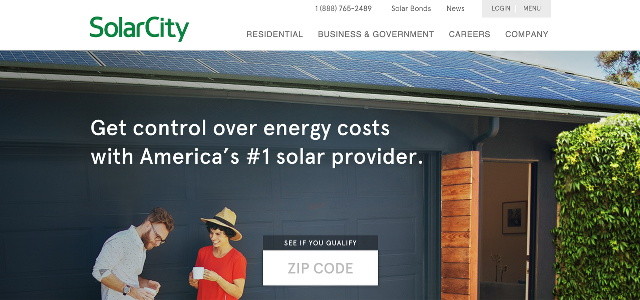
One of the biggest solar providers in the country, SolarCity was founded by Elon Musk, among others. As such, SolarCity has strong ties to Tesla, which is great now that Tesla came out with the Powerwall. SolarCity also provides services not just to residential but also commercial environments. If you’re interested in SolarCity, you can get a free quote delivered to your email.

SunPower is another solar provider that has been around since 1985 that shows off a lot of different accomplishments, such as existing solar installations on large facilities as well as the first solar airplane. When you want to contact them, you’ll get a call back rather than a free quote emailed to you.
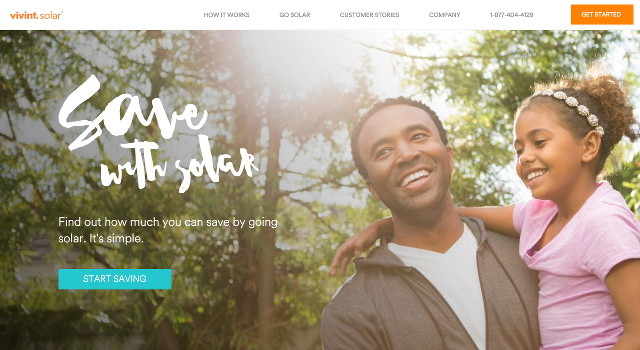
Another popular choice is Vivint Solar. There’s honestly not much unique about them, but they’re another national provider who could potentially offer better rates if you will price shop. It’s also good if the other providers aren’t available in your area — maybe this one will be.

GoGreenSolar, unlike the others, only provides solar panels and connects you to a local installer. However, they do post some prices on their website. It costs roughly $2,800 per kW in solar panels, plus an average of $950 per kW in installation costs. If you don’t mind a local contractor installing your solar panels (and note that there’s no leasing option here, just financing), it could save you some money. Also interesting to note is that they accept Bitcoins as payment.
As you can see, it’s not that difficult to get solar energy to your home. If you want to see moderate savings and you’re able to place solar panels on your home, you can do so right away without having to save thousands of dollars. And if you were wanting to save some more money, you now have a better idea of how much money it’ll take to get the job done.
If you’re interested, it doesn’t hurt to contact a solar provider and consult with them about your options. Until then, you can always switch smaller gadgets over to solar.
Would you switch to solar? Is it more important for you to save money or to be “green”? Let us know in the comments!
Image Credit: Workers installing solar panels by Lisa F. Young via Shutterstock, Solar Panel On A Red Roof by Diyana Dimitrova via Shutterstock

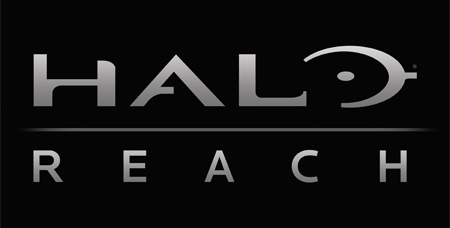


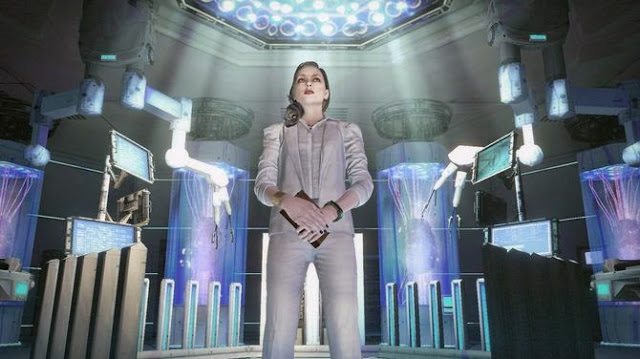 Resident Evil - Revelations 2 (PC) tips
Resident Evil - Revelations 2 (PC) tips Dark Souls 2: Scholar Of The First Sin Boss Guide
Dark Souls 2: Scholar Of The First Sin Boss Guide Just Cause 3: How to Get the DK Pistol and Fill Heads With Helium
Just Cause 3: How to Get the DK Pistol and Fill Heads With Helium How to do effective Destiny Farming for Spinmetal, Helium Coils, Spirit Bloom and Relic Iron for PlayStation and Xbox
How to do effective Destiny Farming for Spinmetal, Helium Coils, Spirit Bloom and Relic Iron for PlayStation and Xbox Enrique Iglesias almost crashes in Egypt
Enrique Iglesias almost crashes in Egypt